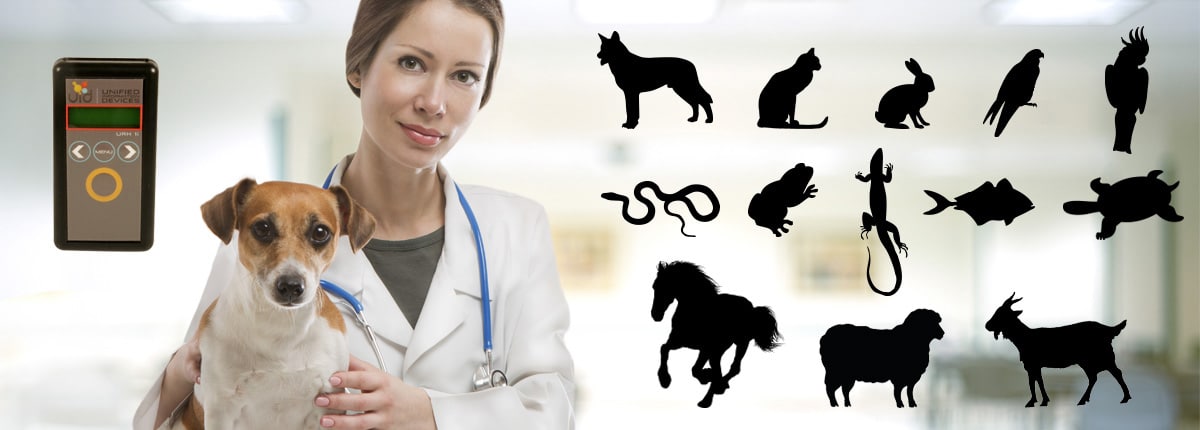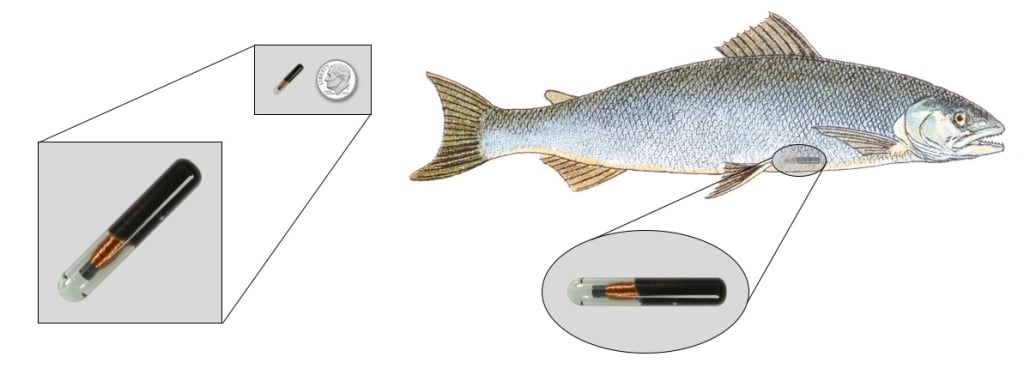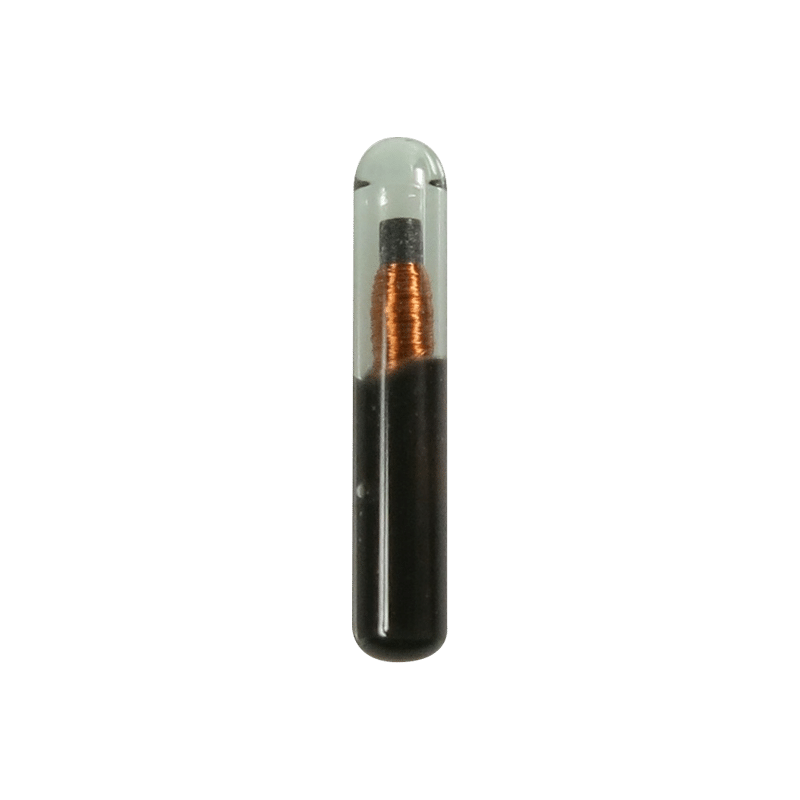What is a PIT Tag?
Passive Integrated Transponder (PIT) tags are electronic, implantable microchips widely used in wildlife and marine biology for tracking and research purposes. These tags can be implanted into various species, including salmon, sturgeon, musky, turtles, frogs, birds, bats, rhinoceroses, elephants, kudu, and more, to collect valuable data.
“P” is for PASSIVE – The transponder does not require a battery. Instead, it derives its power from an external power source, typically a larger coil, which excites the coil within the transponder. This excitation provides enough energy to power the circuit, allowing it to activate and broadcast its unique identification information.
“I” is for INTEGRATED – This refers to the combination of the microchip, coil, and the Unique Identification (UID) number programmed into the microchip inside the transponder. The integration of these components allows the device to function as a compact and efficient tracking tool.
“T” is for TRANSPONDER – A transponder is a device that emits an identifying signal in response to an interrogating received signal.
In simple terms, a PIT tag is an implantable transponder used for the unique identification of individual animals. Their small size, biocompatibility, and low-frequency transmission make them ideal for tracking wildlife, including fish, birds, reptiles, and mammals. Low frequency (LF) signals, measured in kHz, are necessary to transmit information through liquid and biological tissue, as higher frequencies are absorbed and cannot be read.
A Brief History
The use of PIT tags in animal tracking began in the mid-1980s, initially focusing on the movement of salmon and other fish. Since then, the technology has advanced significantly, with improvements in tag size and the ability to read tags in diverse outdoor environments. Each PIT tag contains a unique identification number hard-coded into its internal memory, ensuring that the number never repeats. These unique IDs comply with ICAR standards, making the tags suitable for various research applications.
In the 1990s, many companies attempted to create proprietary protocols for their transponders, which benefited manufacturers but posed challenges for researchers. Recently, there has been a shift toward standardizing communication protocols to ensure compatibility and ease of use. The FDX-B protocol at 134.2 kHz has become the standard, allowing for straightforward and consistent reading of all microchips. Given that these tags can last for over 15 years, establishing a standard was essential for long-term research applications.
Operating on FDX-B parameters at a frequency of 134.2 kHz, PIT tags adhere to ISO 11784 and 11785 standards, ensuring compatibility with all ISO-compliant readers.
Applications
Fisheries:
- River and dam monitoring
- Lake, sea, and water tank studies
- Fish breeding and tracking
Marine Life Research:
- Aquariums management
- Marine species tracking
Wildlife Identification:
- Frogs and toads
- Snakes
- Turtles
- Lamprey eels
Other Uses:
- Tree tagging
- Livestock identification and security
- Protection against livestock and animal theft









